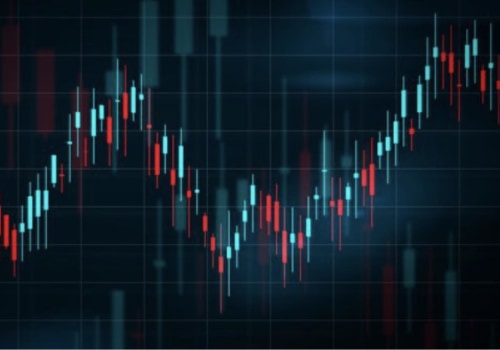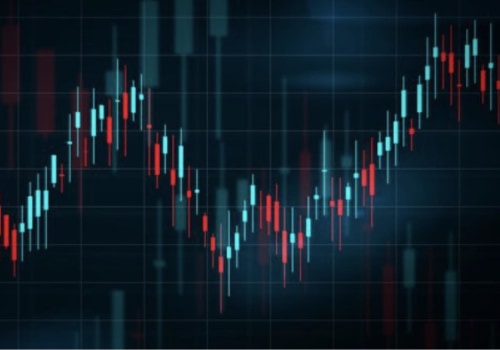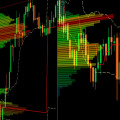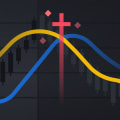Making informed decisions in forex trading can be a challenging task. With so many variables and factors to consider, it's not easy to know when to buy, sell, or hold. Fortunately, traders have two powerful tools available to them: fundamental and technical signals. These signals can be used to identify possible trading opportunities and make better decisions.
In this article, we'll explore the differences between fundamental and technical signals, and how they can be used to maximize profits in forex trading. When it comes to forex trading, there are two main types of signals: fundamental and technical. Fundamental signals are based on economic data such as news releases, central bank announcements, economic indicators, and more. These signals provide insight into economic trends and conditions, and can help traders identify potential opportunities or areas of risk. Technical signals, on the other hand, are based on the behavior of prices.
These signals provide insight into price movements and patterns, which can be used to identify potential entry and exit points. There are a few key differences between fundamental and technical signals.
Fundamental signals are based on economic data
, while technical signals are based on price movements. Fundamental signals provide information about economic trends and conditions, while technical signals provide insight into the behavior of prices. Additionally, fundamental signals can be used to identify potential entry points, while technical signals can be used to identify potential exit points. In order to make the most informed decisions when trading, it's important to understand both fundamental and technical signals.Fundamental signals can help traders identify potential opportunities or areas of risk, while technical signals can help traders identify potential entry and exit points. Additionally, traders should use both types of signals in combination to get a full picture of the market. When using both fundamental and technical signals to trade forex, it's important to remember that no single signal is infallible. It's important to consider all available information before making a trade decision. Additionally, it's important to remember that no single signal should be relied upon exclusively; instead, traders should use multiple sources of information to gain a comprehensive understanding of the market.
Finally, it's also important to remember that no trading system is 100% accurate or guaranteed to make profits. Trading always carries risk, and it's important to manage risk appropriately in order to make successful trades.
Using Technical Signals
Technical signals are based on the behavior of prices. These signals provide insight into price movements and patterns, which can be used to identify potential entry and exit points. When using technical signals to trade forex, it's important to remember that no single signal should be relied upon exclusively; instead, traders should use multiple sources of information to gain a comprehensive understanding of the market.Using Fundamental Signals
Fundamental signals are based on economic data such as news releases, central bank announcements, economic indicators, and more.These signals provide insight into economic trends and conditions, which can be used to identify potential entry points or areas of risk. When using fundamental signals to trade forex, it's important to consider all available information before making a trade decision. It's important to note that the data itself is not what creates the signal – it's the interpretation of the data that allows traders to make informed decisions. By understanding how market conditions are affected by changes in economic fundamentals, traders can use this knowledge to determine when to enter or exit a trade.
For example, a trader may use a fundamental signal to identify an area of support or resistance in a particular currency pair. By analyzing the underlying economic conditions, the trader can determine when to enter or exit a trade. Additionally, traders can use fundamental signals to identify trends in the forex market. By tracking changes in economic fundamentals, traders can identify potential trades and find opportunities for profit. Fundamental and technical signals are both important tools for forex traders.
By understanding the differences between these two types of signals, traders can use them together in combination to get a full picture of the market and make more informed decisions when trading. However, it's important to remember that no single signal is infallible and no trading system is 100% accurate or guaranteed to make profits.












Leave Reply